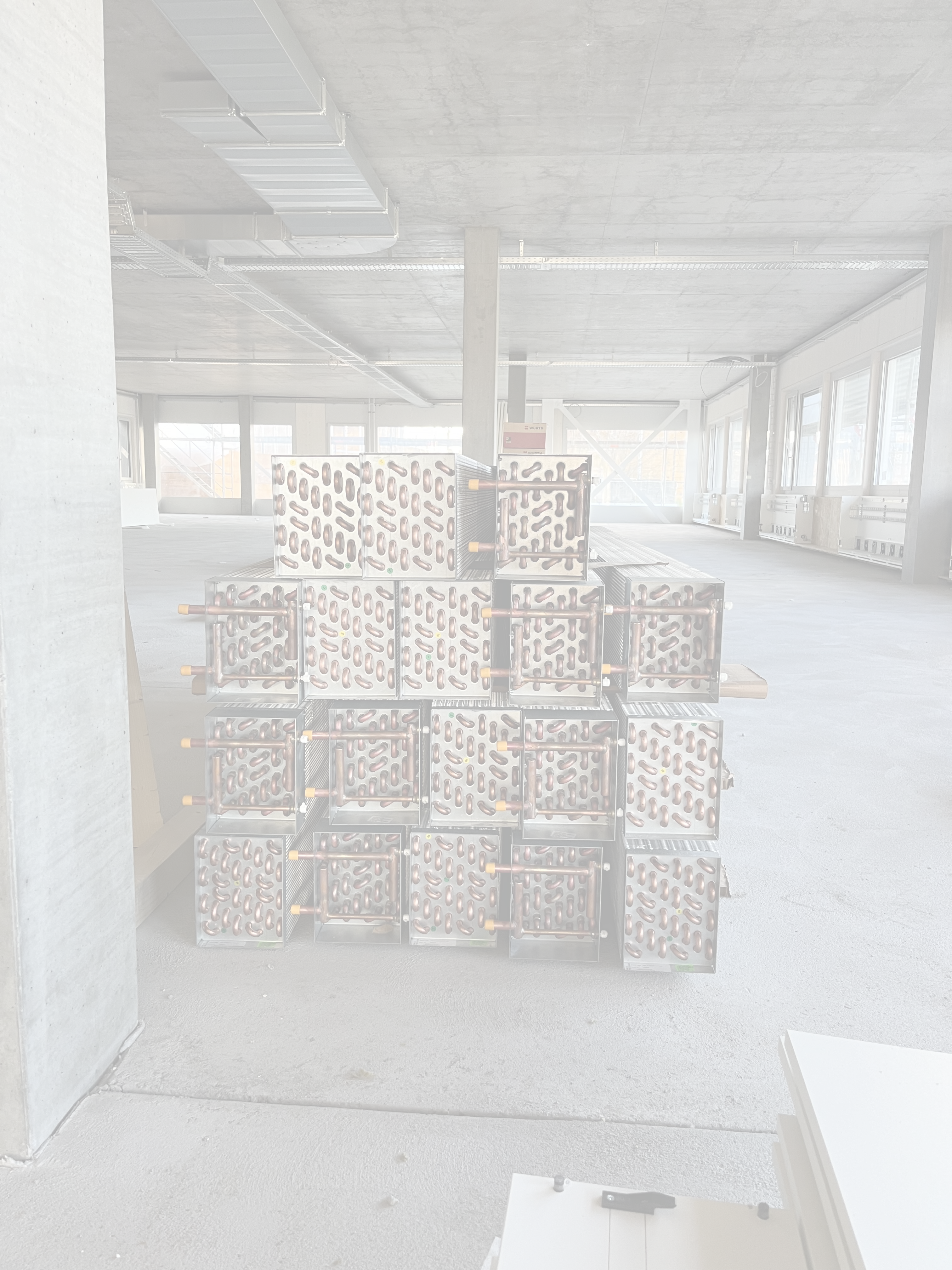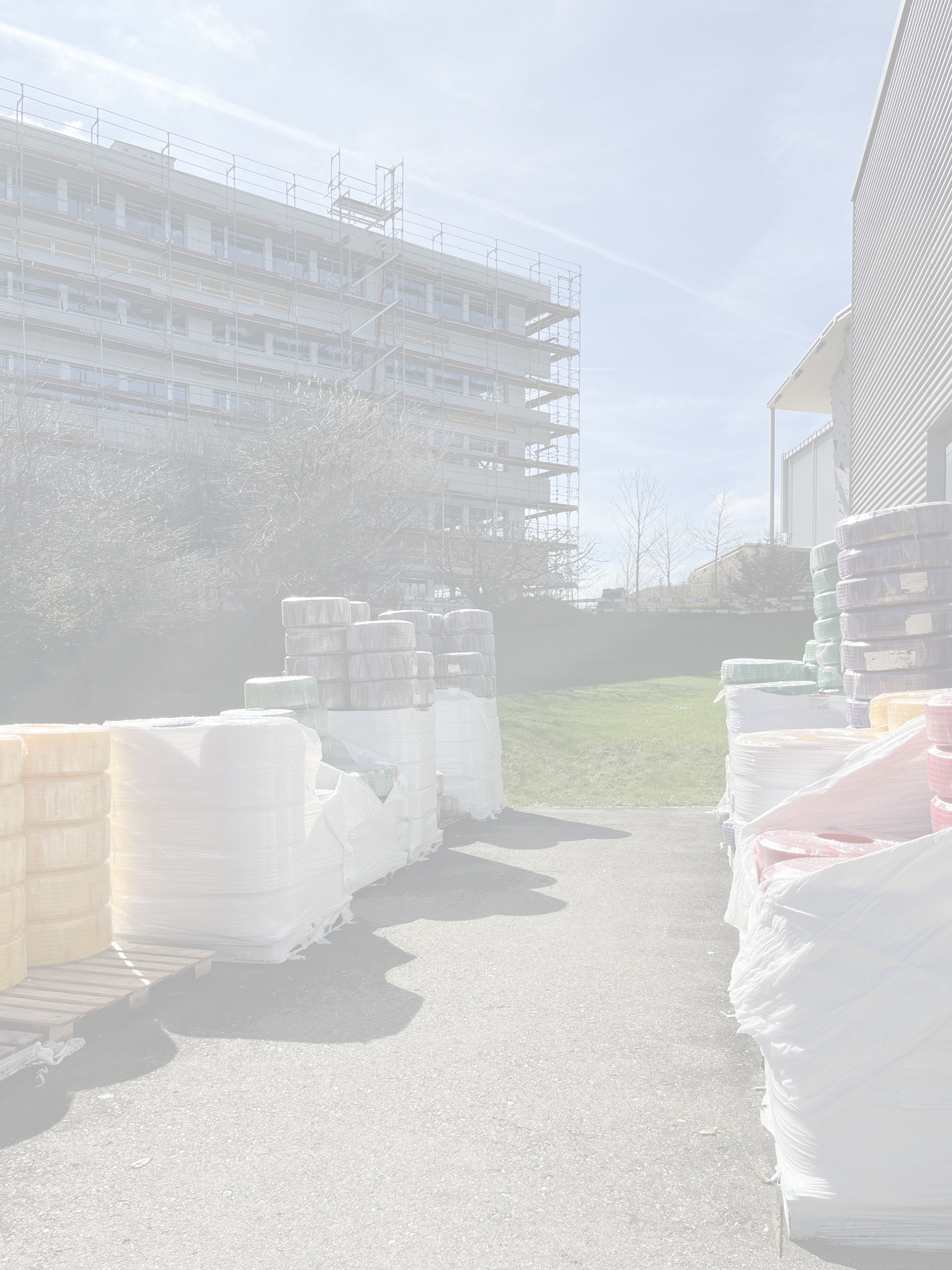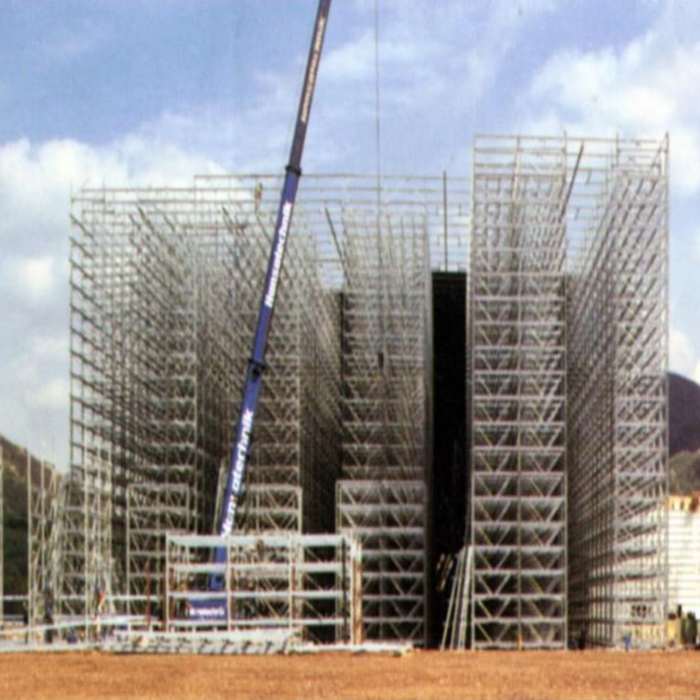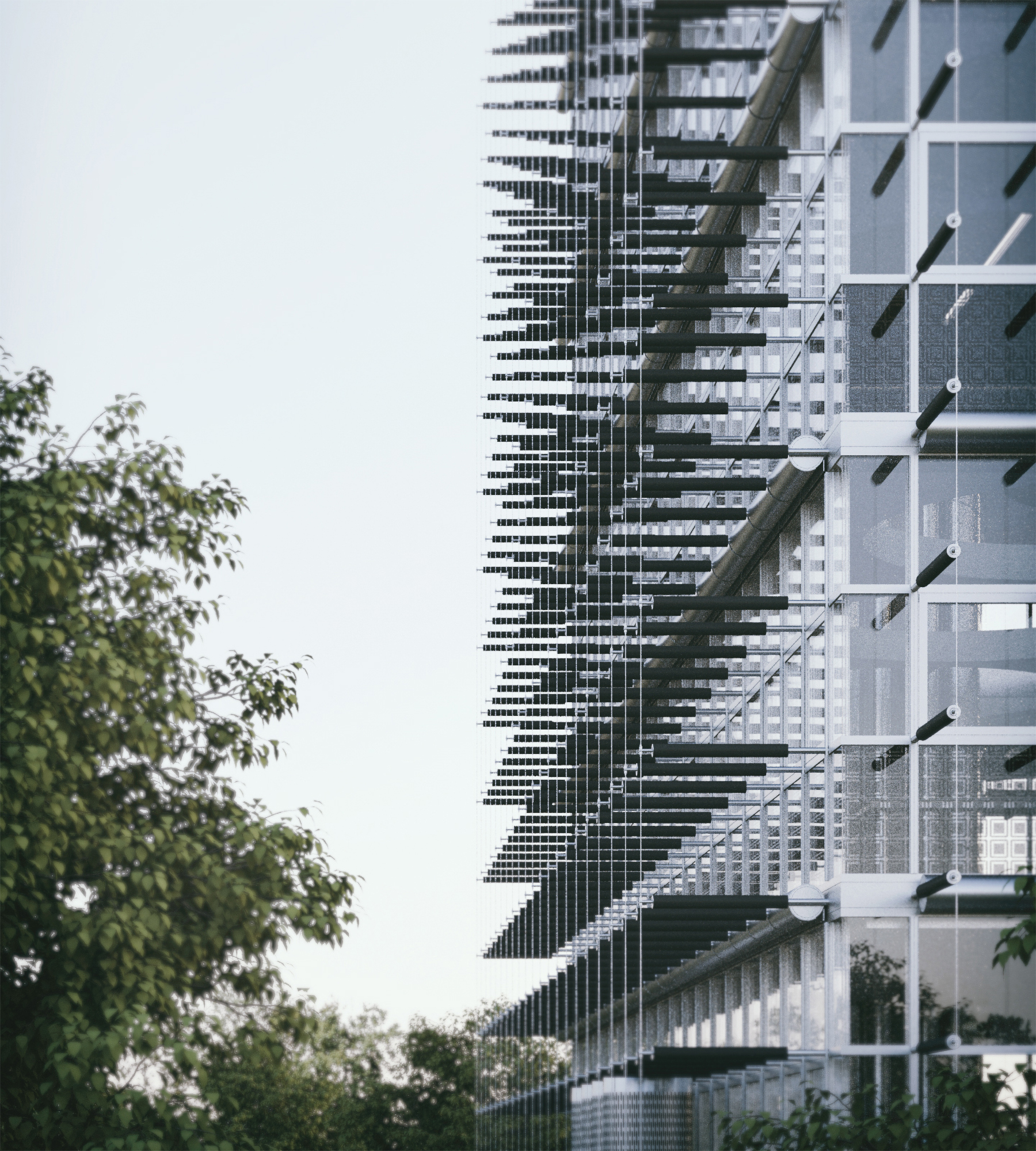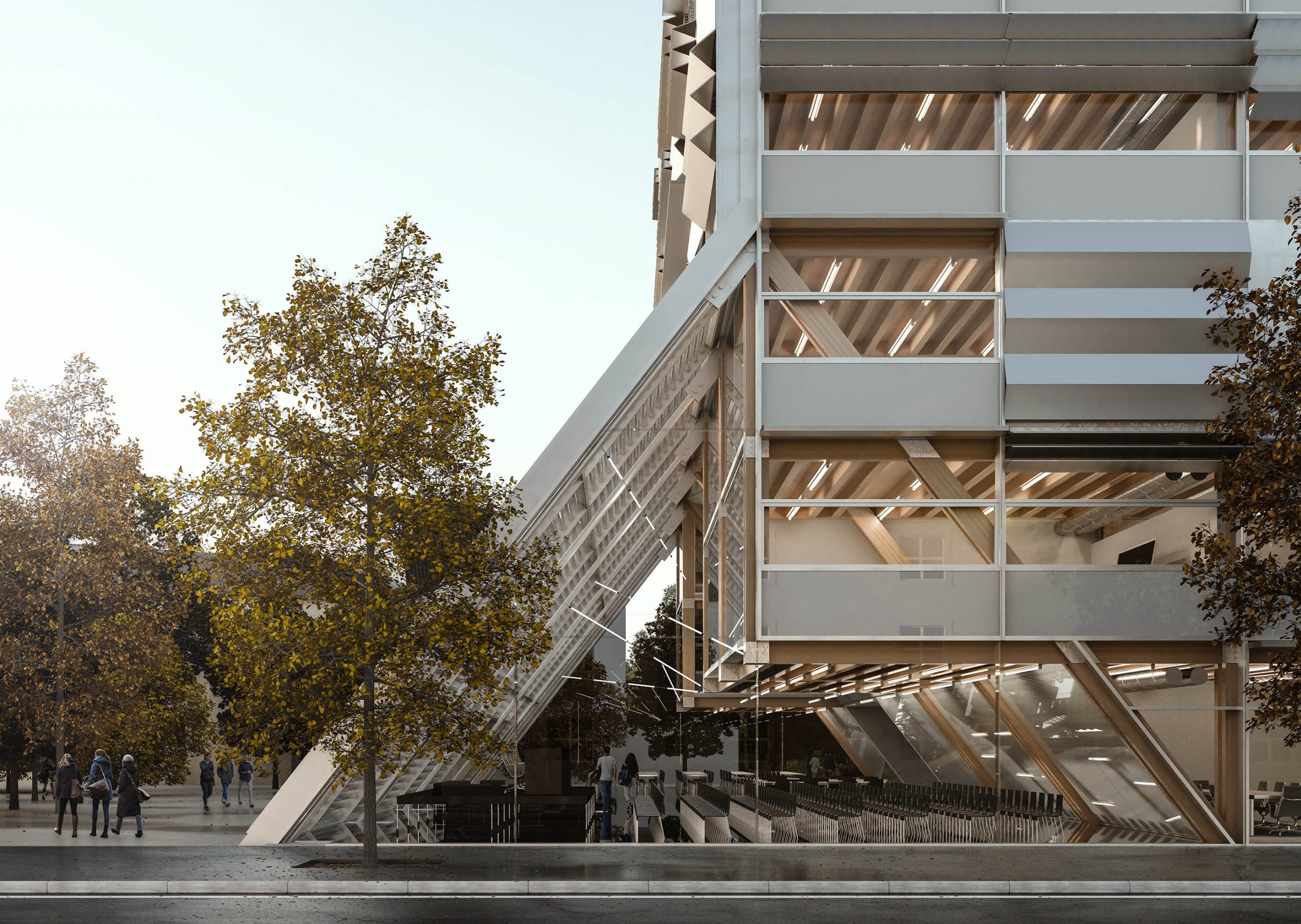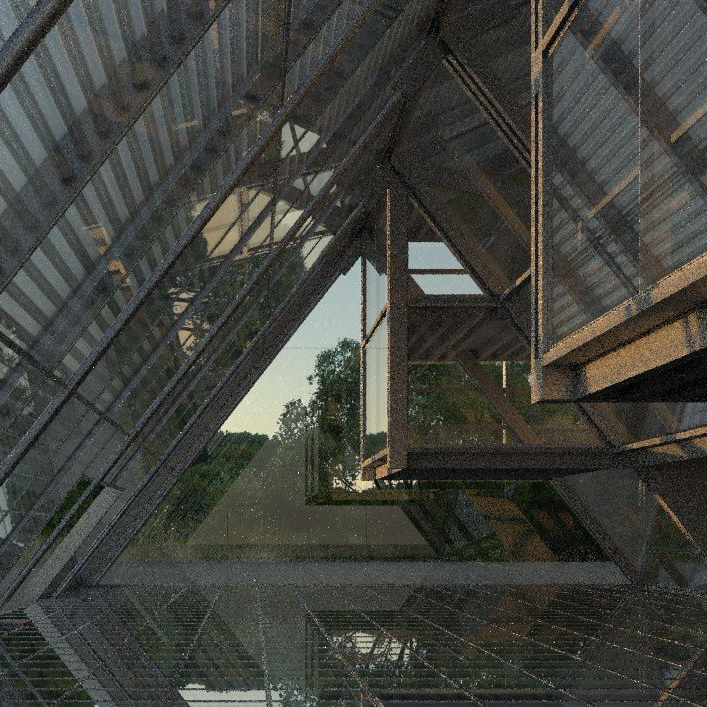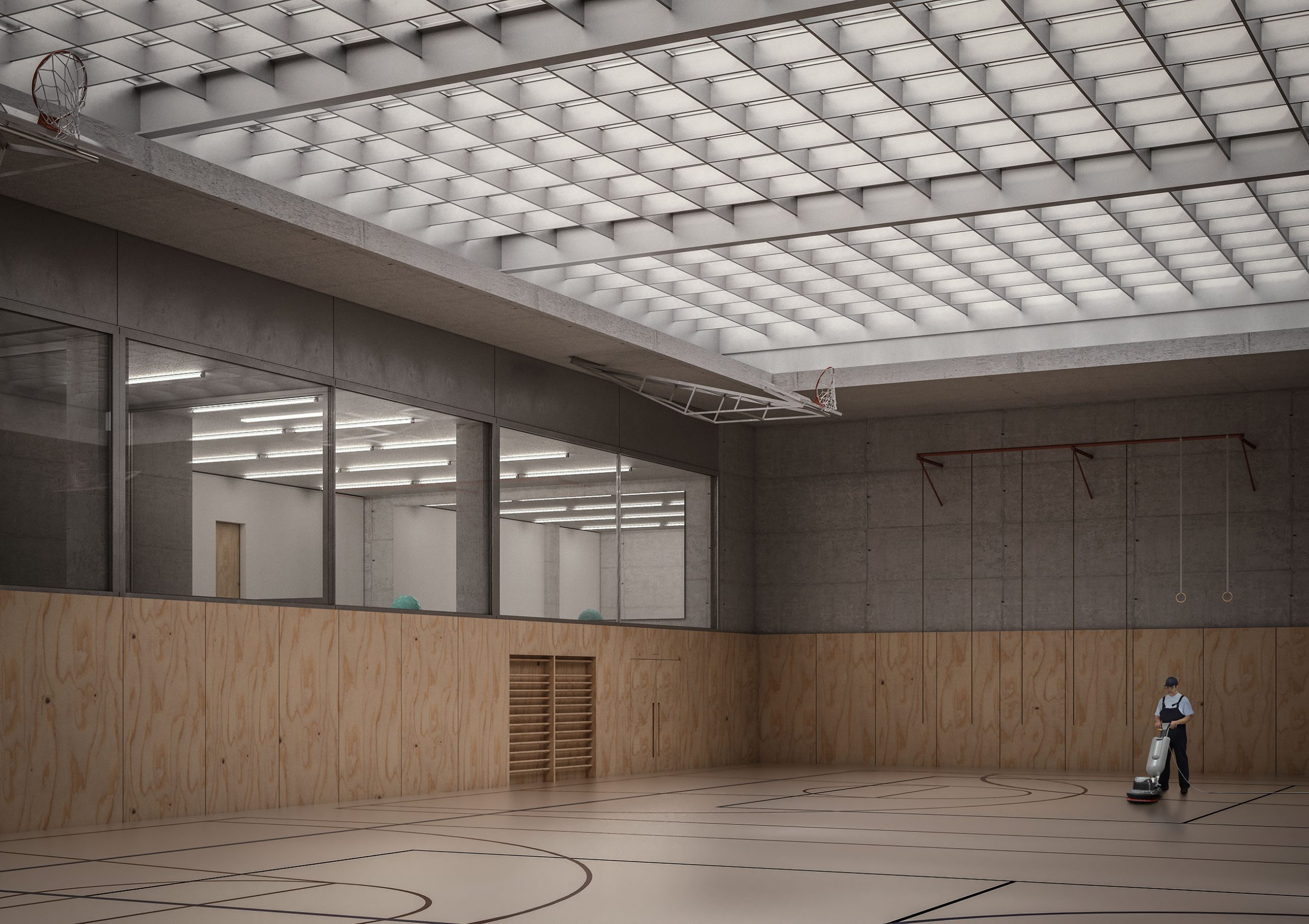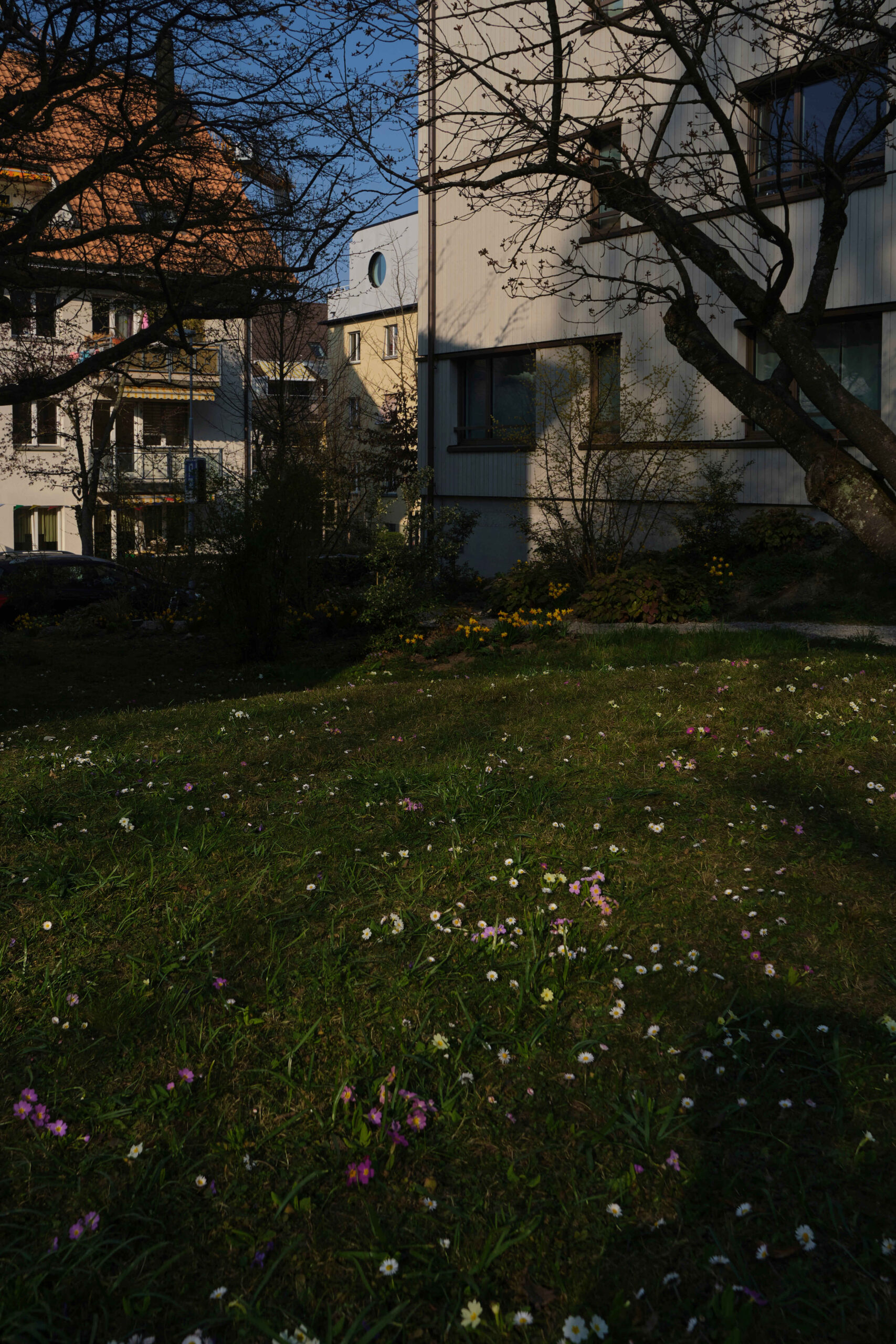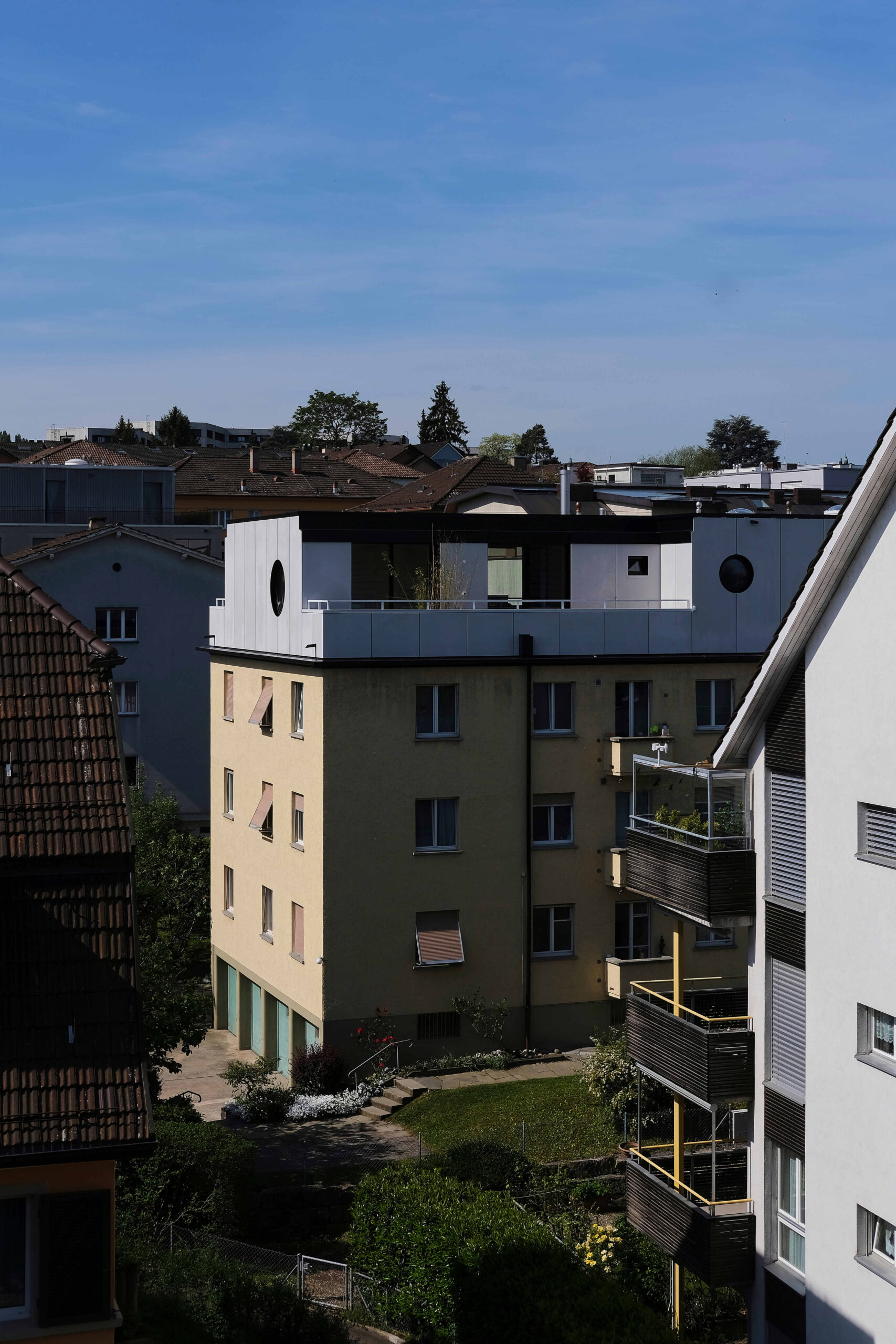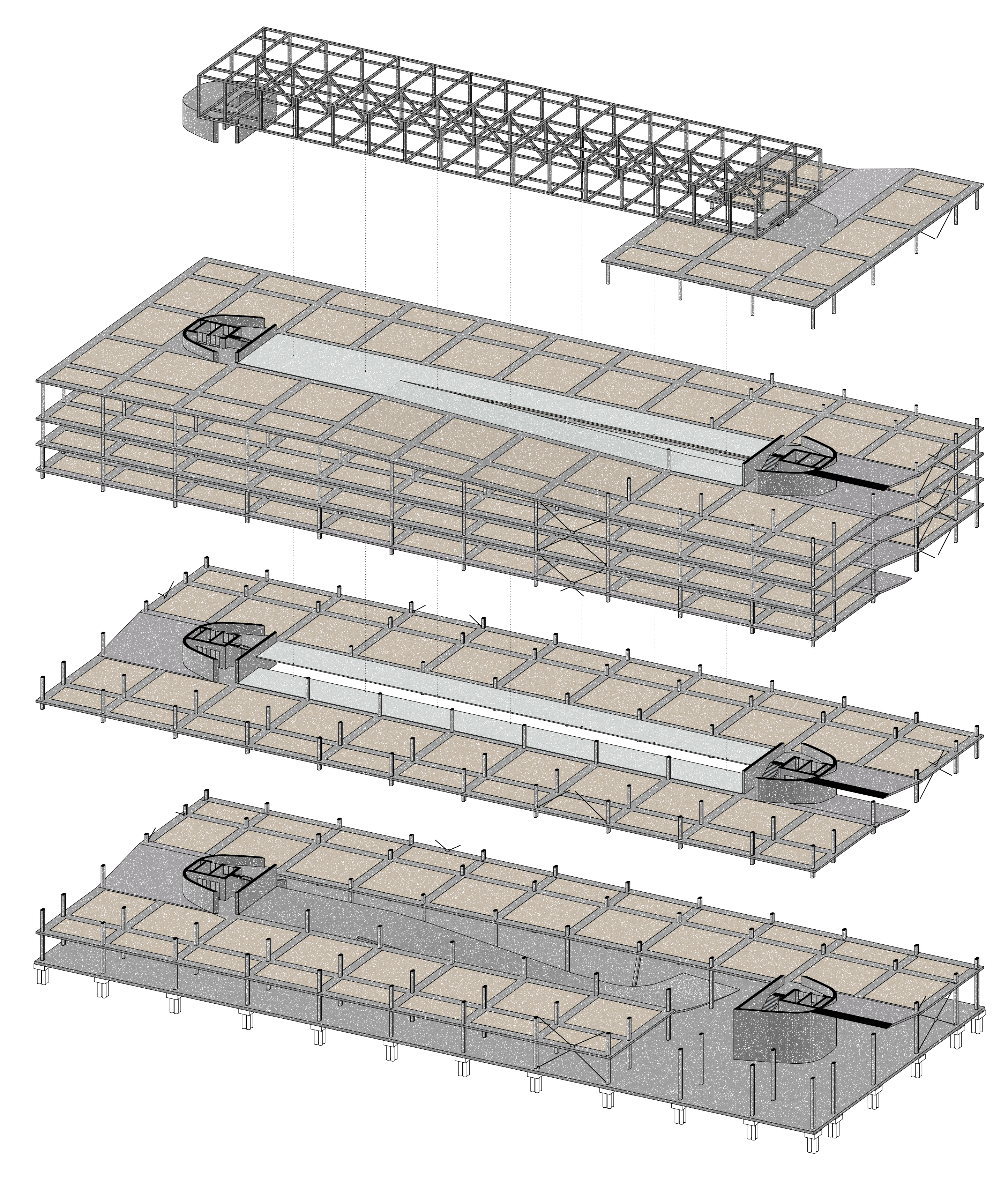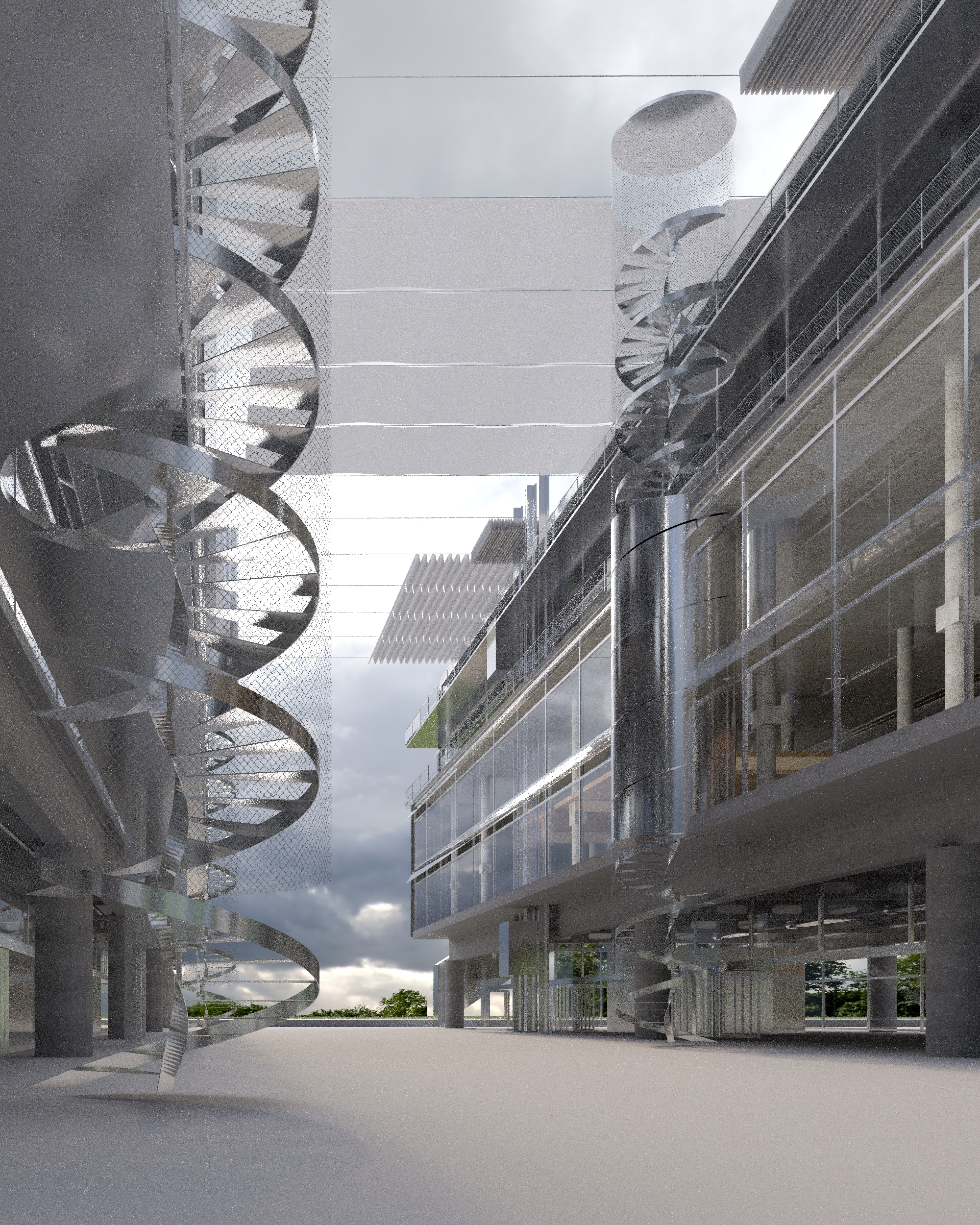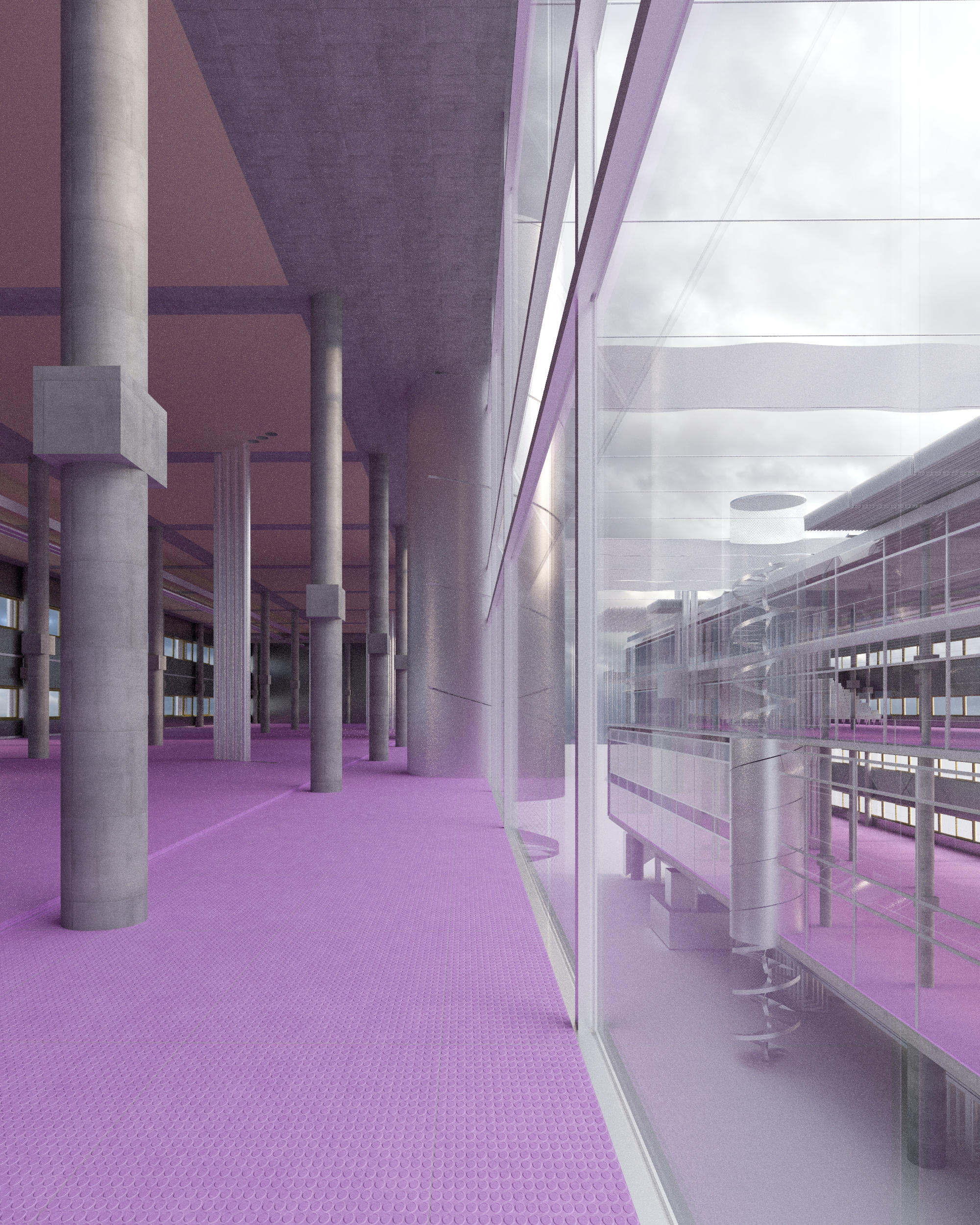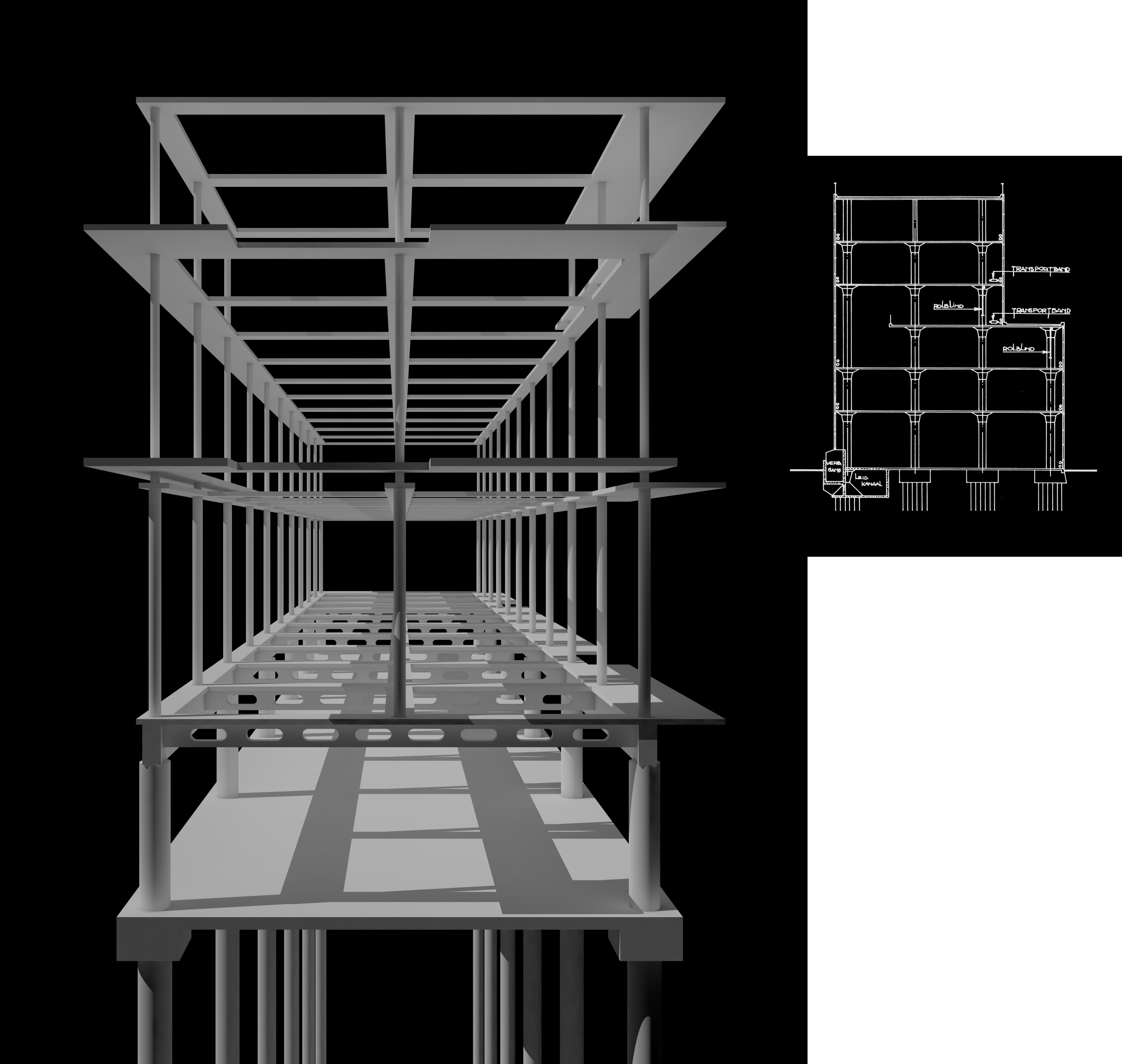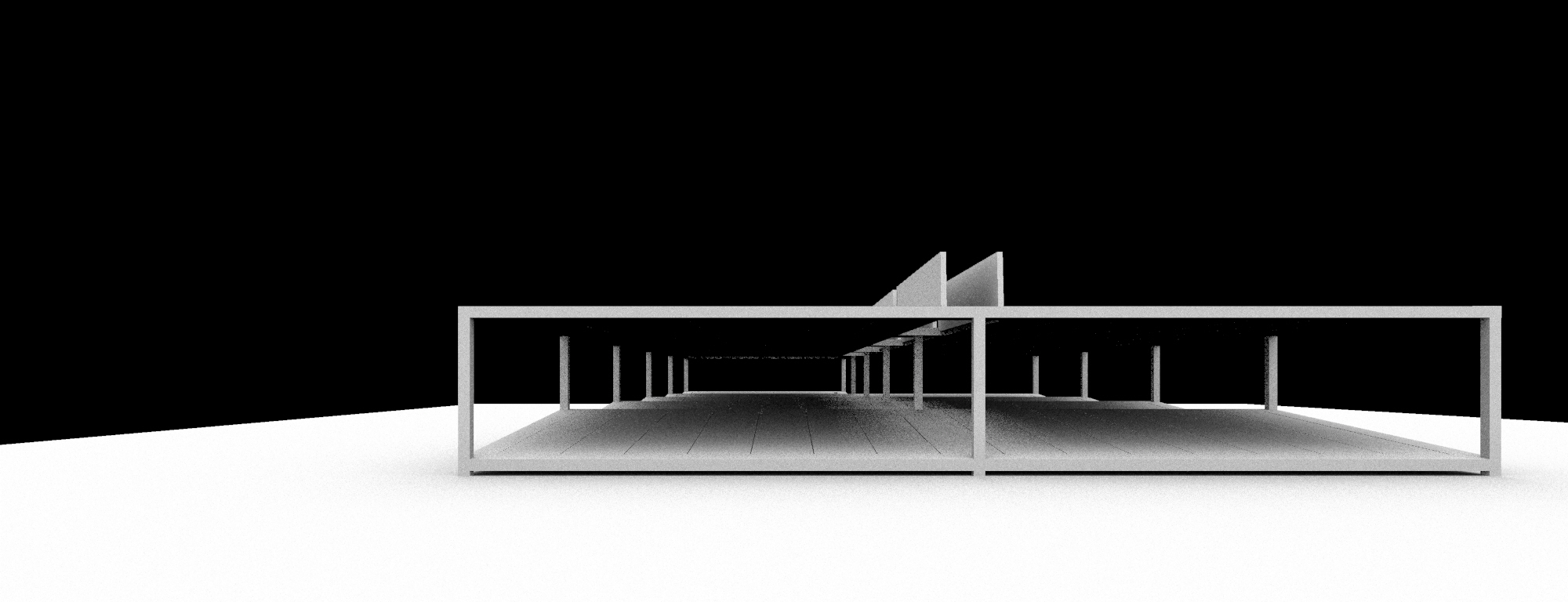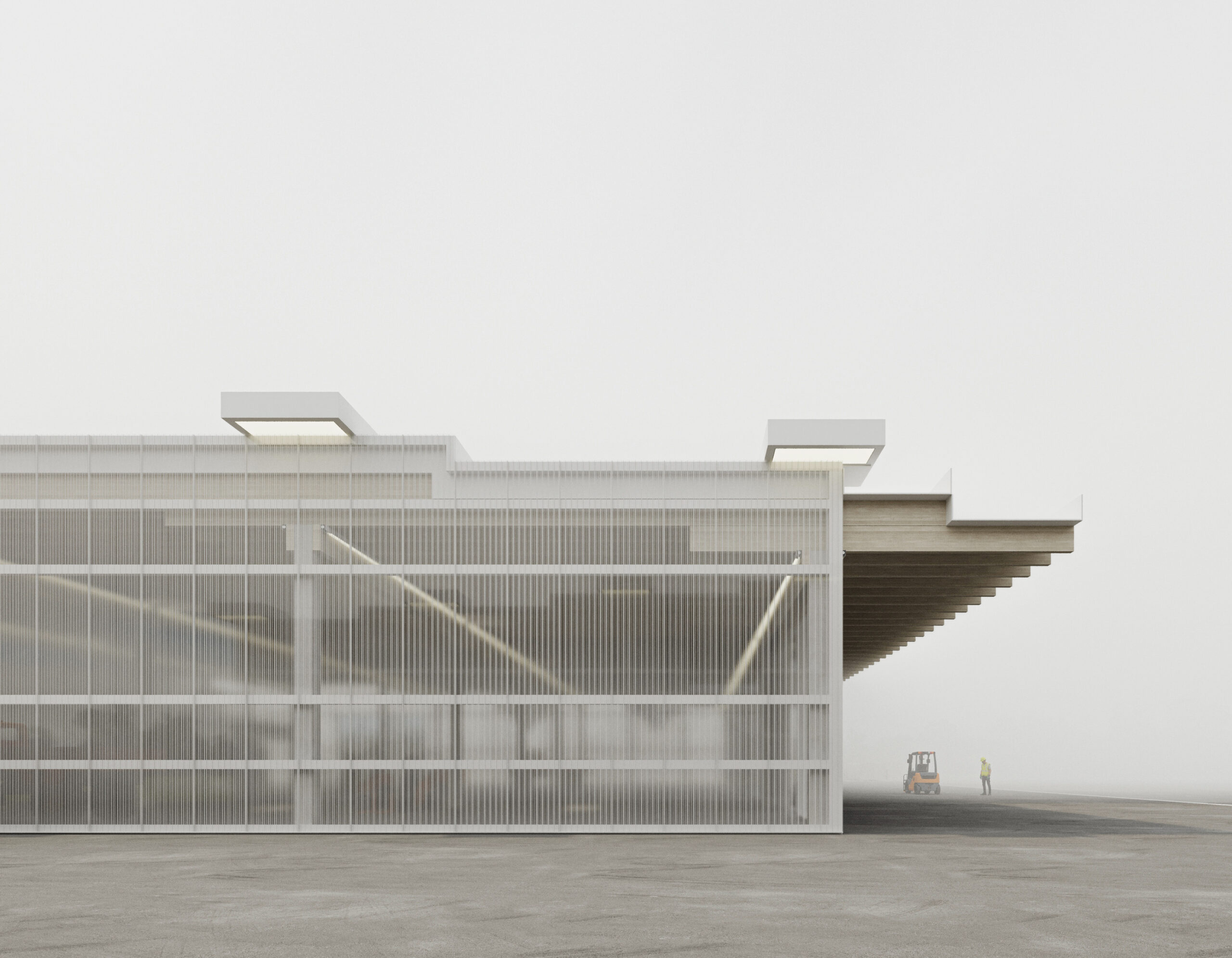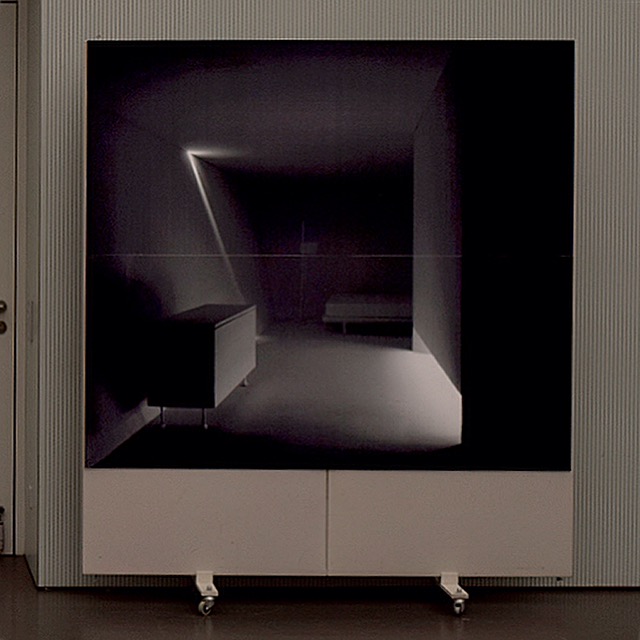Future school in car-parking for Innovationspark Zurich. 2003. Selected competition. Structure: Dr. Ing. Mario Monotti. Building Technology: Amstein Walthert. Renderings: AIVA Images. Reference image credits: Marco Cappelletti / Filip Dujardin
Infrastructure for workshops and offices for Innovationspark Zurich. 2023. Selected competition. Structure: Dr. Ing. Mario Monotti. Building Technology: Amstein Walthert. Renderings: AIVA Images. Reference image credits: Brinkman & Van der Vlugt: Van Nellefabriek.
Low-tech office building in St. Gallen. Since 2022. Direct commission. In collaboration with Waldburger + Partner.
Extension of an apartment building. 2020-21. Direct comission. Structure: Aschwanden & Partner. Timber Engineer Renggli. Building Physics gae. Building Technology 3-Plan Haustechnik. Timber Construction Kost Holzbau. Photography: Oliver Cretton. The residential building from the 50s has been raised to create two 3.5 room apartments within the maximum volume allowed by the building code. The cross laminated timber floor elements span the width of the structure to transfer the loads into the exterior walls of the existing building. In order to reduce the construction time to the minimum, the wooden building elements were entirely prefabricated and were assembled within four days. All wiring has been planned in 3D and inserted into milled recesses in wooden components.
Modular school in Chablais. 2021. Open competition – 4th prize. In collaboration with Jan Kinsbergen and David Klemmer. Structure: Dr. Ing. Neven Kostic. Landscape: Proap – Estudos E Projectos De Arquitectura Paisagista. Renderings: Studio Diode. The construction principles define the volumes and shape the character of the interior, as the building method with serial prefabricated elements remains visible, without cladding. The proposed modular concept consists of columns, panels and diagonal elements. The composite panels of 2.38m x 7.14m are placed on four wooden columns to form tables that are lined up or stacked to form the space. A truss construction of wooden diagonals stabilizes the whole and allows large spans to be bridged.
Flexible university building ETH HIC. 2019. Selected competition. In collaboration with Jan Kinsbergen. Structure: Dr. Ing. Mario Monotti. Building Technology: Amstein Walthert. Climate consultant: Transolar. Renderings: Studio Diode. The required versatile use of the building forms the basis of the architectural concept: the structure is flexible not only horizontally, but also vertically. Perforated concrete slabs float above one another in a minimal tensegrity structure. Vertical loads, acesses, electrical und plumbing systems are guided openly through the perforations. This creates an optimized balance ecologically and financially in terms of radically reduced material usage. The load-bearing tensegrity system is consists of minimal concrete slabs with steel rods in compression and steel cables in tension. Alternating angles and positions of the supporting elements result in large, continuous and column-free areas on the different floors. The perforations are filled with light, prefabricated wooden elements as required for the functions of the spaces. The connections between elements are mainly mechanical, so the building can be disassembled into its individual parts and returned to the recycling cycle.
Technical school in Winterthur. 2018. In collaboration with Jorge Marinho. Structure: Matthieu Jeanbourquin. Landscape: Proap – Estudos E Projectos De Arquitectura Paisagista. Renderings: the image guy. A compact volume with classroms, with sports facilities located underground, is placed on the side of the plot in order to create a generous piazza in front. The slanting wall marks the entrance of the building and spatially defines the publicly accesible rooms under it as a transitional area between the school and its surroundings.
Stacked urban villas. 2016. Diploma project João Lourenço dos Santos. Accademia di architettura di Mendrisio. Valerio Olgiati design studio. Assistant Patricia da Silva. This diploma project consists of a residential complex in St. Moritz Dorf, Switzerland. The designated plot previously housed a second-hand apartment building lacking cultural significance due to the absence of common architectural standards and historical tradition, a result of prevailing speculative building trends. My proposal aims to redefine the existing type of dwelling by replacing the 10 apartments with four larger units, while keeping commercial space on the street level. Functionally, these new units resemble stacked single-family homes commonly found in suburban areas, providing all facilities that such typology does: parking garage, independent and private accesses and a distinguished and non-typological dwelling set. In contrast to the conventional real estate market’s vertical hierarchy, where top floors are typically considered more valuable for their detachment and superior views, these four houses challenge such discrepancies. Each unit is designed as an open city platform, emphasizing equality among all occupants. The building is composed of seven floor plates and seven containers with slanted walls positioned centrally on the plates. The two plates in contact with the unleveled topography house four garages with two private parking areas each; the social living areas of the four houses are on the other four plates. Inside the seven containers are four corresponding sleeping areas, two technical rooms – top and bottom ones – and retail area on the lower street level. The four houses are alike and each one is organized on three levels: a ground floor garage; a social open floor and an enclosed sleeping area. Living zone and garage are physically detached but connected by a private elevator. The social area is arranged in a circular system around the slanted walls, from where one accesses downstairs to the intimate floor inside the container a floor below. The container’s oblique walls give an extroverted character to the social area by pushing its space outside towards the neighbouring façades, whereas, on the other side, where the sleeping rooms are, privacy and a feeling of retreat is enhanced by the reverse side of the same walls. Here one feels as if descended into a hole, where a more robust and physical presence is evoked and emphasized. One dwells according to the monumentality of these slanted walls, either around them in an extroverted pedestal where city life floods into the apartment, or inwards, where its corporeal physicality generates an intimate and archaic space for retreat.
Bio After graduating from the Accademia di Architettura di Mendrisio and gaining professional experience at Jan Kinsbergen and Pascal Flammer offices, João Lourenço dos Santos and Marija Urbaitė founded URBAITE.STUDIO in Zurich. Through research work and professional practice is engaged they are engaged with the tensions and contradictions intrinsic in the field of architecture. Currently, they are focused on planning educational, residential and office building projects in neighbourhoods lacking distinct identities, aiming to implement adaptable constructions where space and structure are intricately intertwined.
Academic since 2022 Research Associate at USI Accademia di Architettura di Mendrisio. Chair of Dr. Prof. Mario Monotti / 2024 Tutorship. University of Antwerp. International Design Week / 2023 Guest critic. University of Genova. Atelier Philipp Wündrich / 2023 Guest critic. University of Genova. Atelier Philipp Wündrich / 2022 Guest critic. University IUAV. Laboratorio Michel Carlana / 2022-2023 Research Associate. Technical University of Munich. Chair of Prof. Jeanette Kuo.
Publications Drawing Matter / Dixit #4 – Edited by Simon Campedel. Editorial coordination: Juliette Pochard. Project: ETH HIC. Construction: Jan Kinsbergen, URBAITE.STUDIO, Mario Monotti. Image: David Klemmer. Graphic design: Spassky Fischer with Lucas Lejeune. Published by Caryatide. July 2022. Bilingual edition (English and French) 23 x 30 cm (softcover) 64 pages (ill.) ISBN: 9782493283108. / Always work in progress. Organisation Caryatide. La galerie d’Architecture Paris. 2021 / The Architect’s Atlas – Series Mendrisio Academy Press. Edited by Bruno Pedretti. 2015. Binding Paperback. Size 17 x 24 cm. Pages 252. Illustrations 160 color, 120 in b/w. Language Italian and English. 2016. ISBN 9788836634569. / Atelier Bearth, Microcosmi – edited by Mihail Amariei. 2012. 20 x 24 cm, 352 pp. 500 ill. col. and b/w hardcover. English and Italian. ISBN 9788887624564.
Exhibitions Always work in progress. Organisation Caryatide. La galerie d’Architecture Paris. 2021.
Installations Physical Digital. University of Antwerp. 2024. Photography: Felix Waldner. The pervasive feeling of malaise and existential emptiness, which is central to the theme of alienation, serves as a symptomatic manifestation of contemporary life. This phenomenon consistently surfaces when examining issues like labor conditions within capitalist societies, leisure and consumption, disconnection from nature, and the all-encompassing impact of technology on our daily existence. Today, we are witnessing the exacerbation of this troubling condition due to our increasing and paradoxical isolation within hyper-connected societies. The migration of public spaces to the digital realm has transformed us into profitable data streams and faceless commentators. Considering our inherently social nature, face-to-face communication has always been a cornerstone of human interaction. However, what are the repercussions for our societies when physical presence is anathematized? The isolation measures implemented during the Covid-19 pandemic provided a stark glimpse into the detachment caused by digitization and reduced physical contact. How do these shifts affect the physical environment, and what concrete manifestations can be linked to the social, psychological, and political barriers we are constructing? Our approach will begin with small group readings of selected excerpts from authors who have delved into various aspects of alienation. These authors include Baudrillard (leisure), Latour (nature), Lefebvre (public spaces), Augé (space), and Byung-Chul Han (social relations). Subsequently, we will engage in discussions and reflections on these texts. Following this intellectual exploration, we will venture into the city to scrutinize public spaces through the lens of the literature we have just examined. Our analysis will draw from a wide range of sources, encompassing scholarly literature and our own personal experiences and observations, including insights gained during the Covid-19 pandemic. While considering various urban scenarios, we will identify the prominent facets of alienation within each context and explore ways to give them tangible expression through flexible forms of documentation, which may include video, audio, drawings, text, and more. Through collaborative discussions, we will select the topics and urban scenarios that resonate most with us and develop plans to create and implement a 1:1 scale installation, enabling individuals to physically experience the concepts generated by the students. / Feÿ Arts Festival. Villecien, Burgundy. 2019. Installation in collaboration with Myriam Treiber, Sergio Torres, Emanuelle Agustoni.
Team Yiyang Li, João Lourenço dos Santos, Marija Urbaite / Maksim Cuturilo, Lukasz Palczynski. Contacts Germaniastrasse 62 – 8006 Zürich / info@urbaite.studio
Imprint Concept and graphic design by URBAITE.STUDIO / Coding by Bureau Castel / All rights reserved. No part of this website may be reproduced, stored in a retrieval system, or by any means, electronic, mechanical, or otherwise without permission in writing from the publisher ©2024
